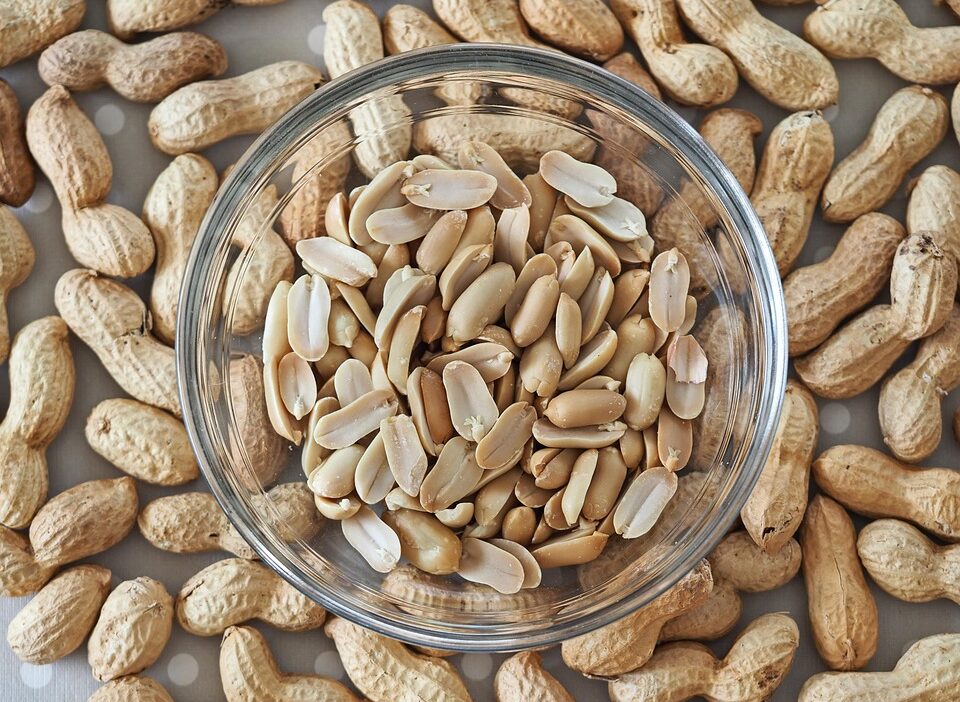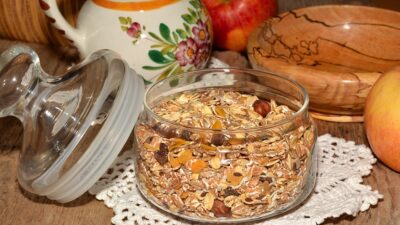In today’s health-conscious world, protein has emerged as a cornerstone of nutrition. An essential macronutrient, protein plays a crucial role in building and repairing tissues, supporting immune function, and serving as a vital source of energy. As trends lean toward high-protein diets, understanding how to incorporate these foods into your meals is essential for maximizing health and wellness. Enter the guide to high-protein foods that will help you power up your plate!
Why You Need Protein
Before diving into high-protein options, it’s important to understand why protein is fundamental for your body:
- Muscle Repair and Growth: Protein is crucial for the repair and growth of muscles, especially after exercise.
- Satiety and Weight Management: High-protein foods help you feel full longer, reducing the likelihood of overeating.
- Supports Metabolism: Protein requires more energy to digest compared to fats and carbohydrates, giving your metabolism a slight boost.
- Essential Amino Acids: Protein is made up of amino acids, some of which are essential and must be obtained through diet.
High-Protein Foods Categories
1. Animal-Based Proteins
Animal-based proteins typically offer all essential amino acids, making them a complete source of protein.
-
Meat and Poultry: Chicken breast, turkey, beef, and pork are rich in protein. For example, a 3.5 oz (100g) serving of chicken breast contains about 31 grams of protein.
-
Fish and Seafood: Salmon, tuna, and shrimp are not only high in protein (around 25 grams per 3.5 oz serving) but also provide omega-3 fatty acids that promote heart health.
- Eggs: Packed with roughly 6 grams of protein per egg, they are also a versatile ingredient that can be used in various dishes.
2. Dairy Products
Dairy products are another excellent source of protein, along with calcium and other important vitamins.
-
Greek Yogurt: A standout in the dairy category, Greek yogurt can contain up to 20 grams of protein per cup. It’s perfect for smoothies or as a topping for fruits.
-
Cottage Cheese: With around 25 grams of protein per cup, cottage cheese is a great snack option and can be blended into dips or added to salads.
- Cheese: Options like cheddar and mozzarella offer approximately 7 grams of protein per ounce, making them a delicious addition to meals.
3. Plant-Based Proteins
For those following vegetarian or vegan diets, high-protein plant-based options abound.
-
Legumes: Beans, lentils, and chickpeas provide substantial protein. For instance, cooked lentils have about 18 grams of protein per cup.
-
Nuts and Seeds: Almonds, peanuts, chia seeds, and hemp seeds are protein-packed snacks. Almonds offer about 6 grams of protein per ounce.
- Whole Grains: Quinoa and farro are complete protein sources, providing about 8 grams of protein per cup when cooked.
4. Protein Supplements
For those struggling to meet their protein needs through food alone, protein supplements can be a convenient solution.
-
Protein Powders: Whey, casein, pea, and soy protein powders offer a concentrated source of protein, ranging from 20 to 30 grams per serving.
- Protein Bars: These snacks come in various flavors and serve as a convenient on-the-go protein option. Look for bars with at least 10 grams of protein and minimal added sugars.
How to Power Up Your Plate
Incorporating high-protein foods into your diet can be simple and enjoyable. Here are some tips:
-
Start Your Day Right: Opt for a protein-rich breakfast like scrambled eggs with veggies or Greek yogurt topped with nuts and fruit.
-
Snack Smart: Choose protein-packed snacks such as cottage cheese with berries or edamame tossed with sea salt to curb hunger.
-
Balanced Meals: Build meals around a protein source, and balance it with carbohydrates and healthy fats. Consider grilled chicken with quinoa and avocado for a well-rounded dish.
- Explore New Ingredients: Try incorporating lesser-known high-protein foods like tempeh, seitan, or spirulina into your meals.
Conclusion
Powering up your plate with high-protein foods is not just about meeting dietary goals; it’s about enhancing your overall health and maintaining energy levels throughout your day. By consciously including a variety of protein sources in your meals, you can support muscle growth, manage weight, and enjoy a more satiating diet. With this ultimate guide, you’re now equipped to make smarter choices that will nourish your body and satisfy your taste buds. Happy eating!



